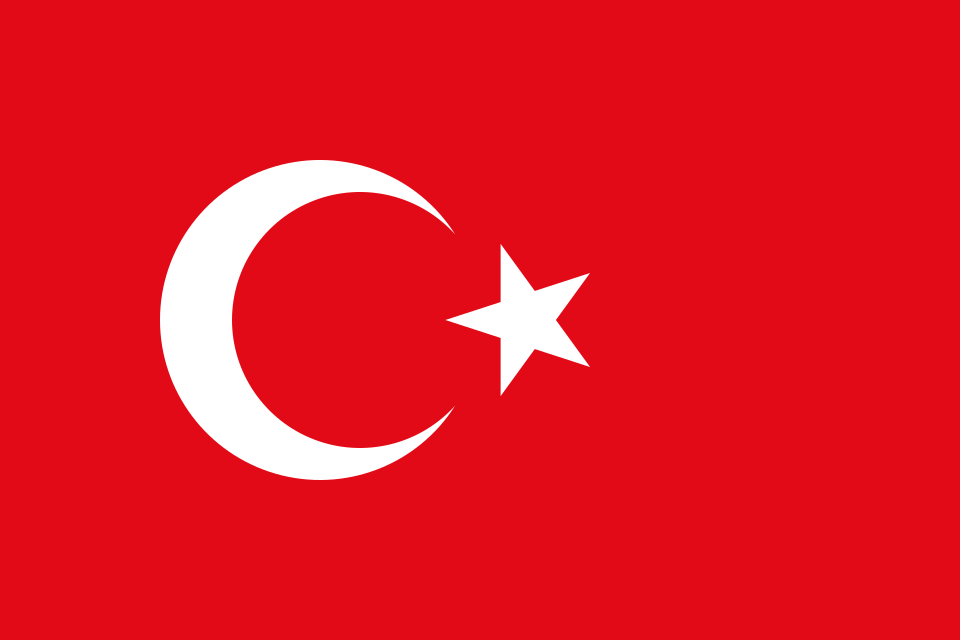Pediatric orthopedics is a branch of medicine that examines and treats health problems related to the musculoskeletal system in children. This specialty addresses abnormalities in bones, joints, muscles, and connective tissues during childhood, as well as congenital deformities, injuries, and developmental disorders. Pediatric orthopedics employs specialized treatment methods and surgical approaches, taking into account children's growth and development processes. The goal is to ensure children's normal mobility and improve their quality of life.
What is Pediatric Orthopedics?
Pediatric orthopedics is a branch of medicine that treats musculoskeletal problems in children. This branch deals with congenital or acquired bone, joint, muscle, and ligament problems in children. The goal is to ensure normal mobility in children and improve their quality of life.
What Do Pediatric Orthopedic Doctors Do?
Pediatric orthopedic doctors diagnose and treat health issues related to children's musculoskeletal systems. They do the following:
Diagnosis: They use physical examinations and various imaging methods (X-rays, MRI, etc.) to evaluate children's bone, joint, muscle, and ligament problems.
Treatment: They treat congenital or acquired orthopedic problems. Treatment methods may include medication, physical therapy, orthopedic devices (splints, braces), and surgical interventions.
Follow-up: They monitor children's treatment processes and evaluate their response to treatment.
Education and Counseling: They provide families with information about their children's orthopedic health problems and guide them through the treatment process.

Developmental Issues: They apply special treatment methods, taking into account children's growth and development processes.
The main types of treatment that pediatric orthopedic doctors can perform are:
1. Fractures and Traumas: Fracture treatment: Casts, splints, or surgical intervention are used to correct broken bones and promote healing. Post-trauma care: Rehabilitation of injuries and prevention of complications.
2. Congenital Anomalies: Hip Dislocation (Developmental Hip Dysplasia): Orthotics, casts, or surgery may be used to correct congenital abnormalities in the hip joint. Clubfoot (Pes Ekinovarus): The Ponseti method, casts, or surgery are used to correct foot deformities. Spina Bifida: Closing congenital openings in the spinal cord and orthopedic support treatments.
3. Gait Disorders and Deformities: Knee, hip, and foot deformities: For example, correction of deformities such as pronation and knee dislocation. Treatment of gait disorders: Orthopedic devices or surgical intervention to restore normal function to the ankle and knee joints.
4. Scoliosis and Spinal Problems: Scoliosis (spinal curvature): Treatment with a brace or surgical intervention. Kyphosis: Treatment of excessive curvature of the spine.
5. Infections and Tumors: Bone and joint infections: Cleaning of the infection and antibiotic treatment. Orthopedic tumors: Removal of cancerous or benign tumors and reconstructive surgery.
6. Muscle and Ligament Diseases: Chronic muscle diseases: Management of genetic diseases such as muscular dystrophies. Ligament and tendon problems: Treatment of sports injuries.
7. Rehabilitation and Orthopedic Devices: Rehabilitation: Physical therapy and exercise programs. Orthopedic devices: Assistive devices such as wheelchairs, orthoses, and prostheses.
8. Other Treatments: Congenital developmental problems in children: For example, correction of leg length differences. Treatment of rheumatic diseases: Treatment of joint inflammation seen in children.
How to Schedule a Pediatric Orthopedic Appointment
To schedule an appointment for your child's orthopedic issues, click on the “Contact Us” section of our website and reach us at the phone number provided there. This way, you can easily schedule an appointment at a convenient time. Orthopedic problems in children can seriously affect their growth process and future mobility. If such problems are not addressed in a timely manner, they can lead to more serious issues in the future. Therefore, it is extremely important that these problems are not ignored and that treatment is started as soon as possible. The pediatric orthopedics department provides services in state and private hospitals as well as various clinics. In addition, pediatric orthopedics specialists can also treat patients in their own private practices.
How is a Pediatric Orthopedic Examination Performed?
A pediatric orthopedic examination is a process that evaluates problems related to the musculoskeletal system in children. The examination is performed to determine the child's health status, current problems, and possible treatment options. The doctor collects information such as the child's complaints, past health history, birth history, and whether there are similar problems in the family. Detailed information is obtained about symptoms such as pain, limited movement, and deformities. The child's posture, gait, and body symmetry are observed. The doctor checks for sensitivity, swelling, or abnormalities in the muscles, joints, and bones. X-rays, ultrasounds, MRIs, or CT scans may be used to examine bone structure and identify fractures, deformities, or other abnormalities. The diagnosis is made by combining the findings of the examination and test results. Treatment options such as medication, physical therapy, orthotics, or surgical intervention are offered.


